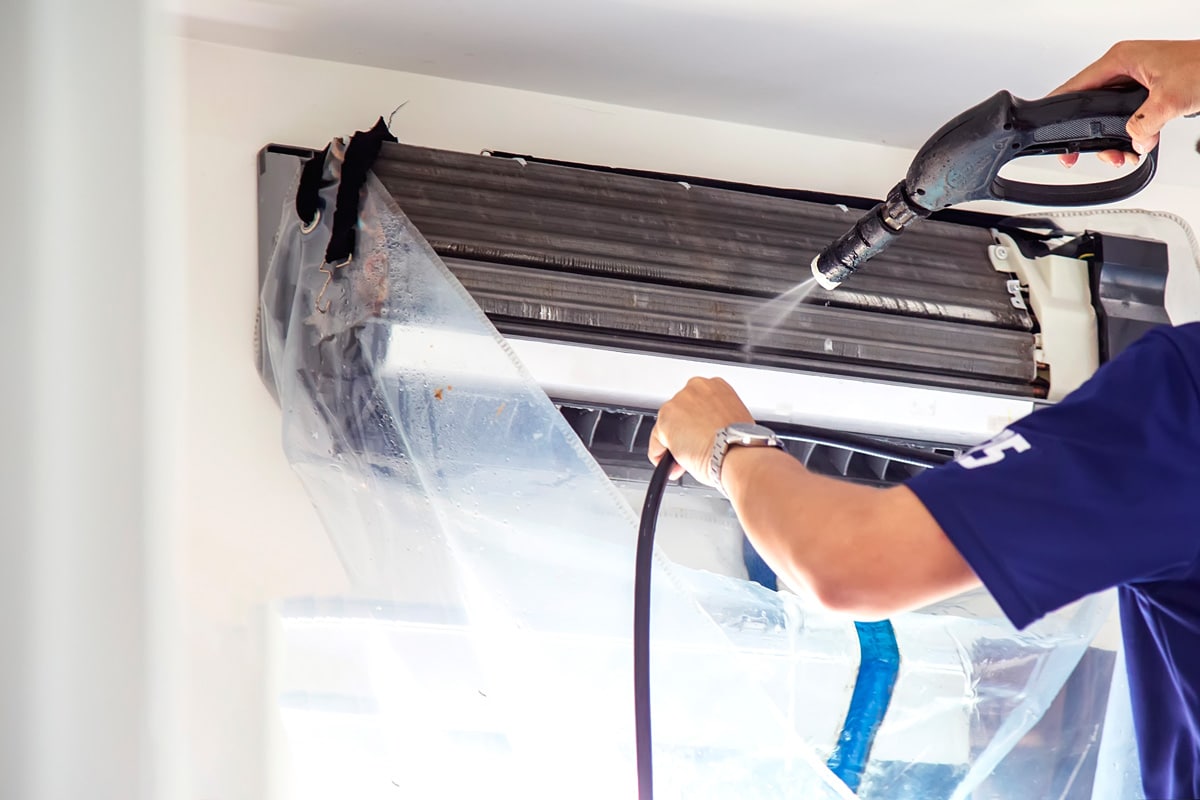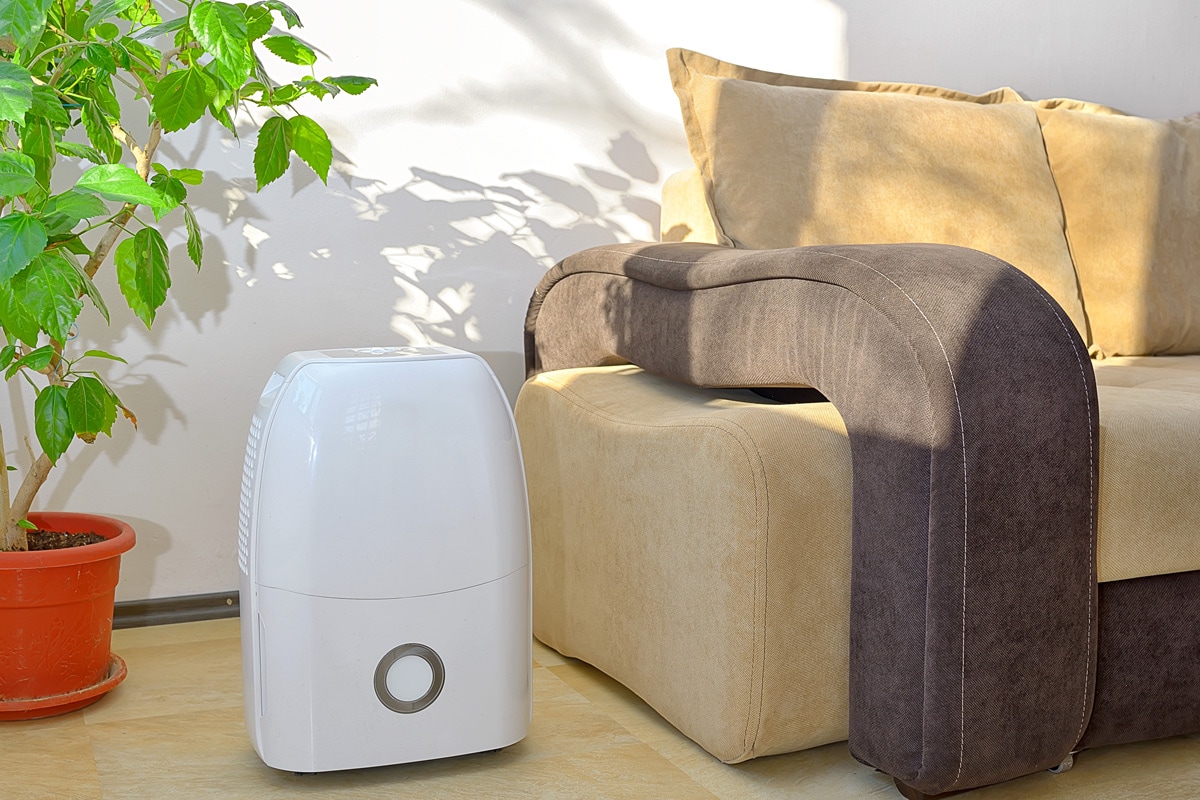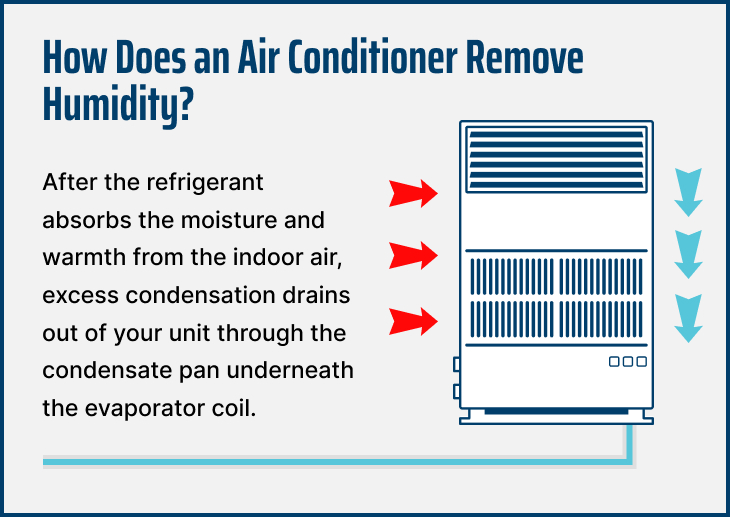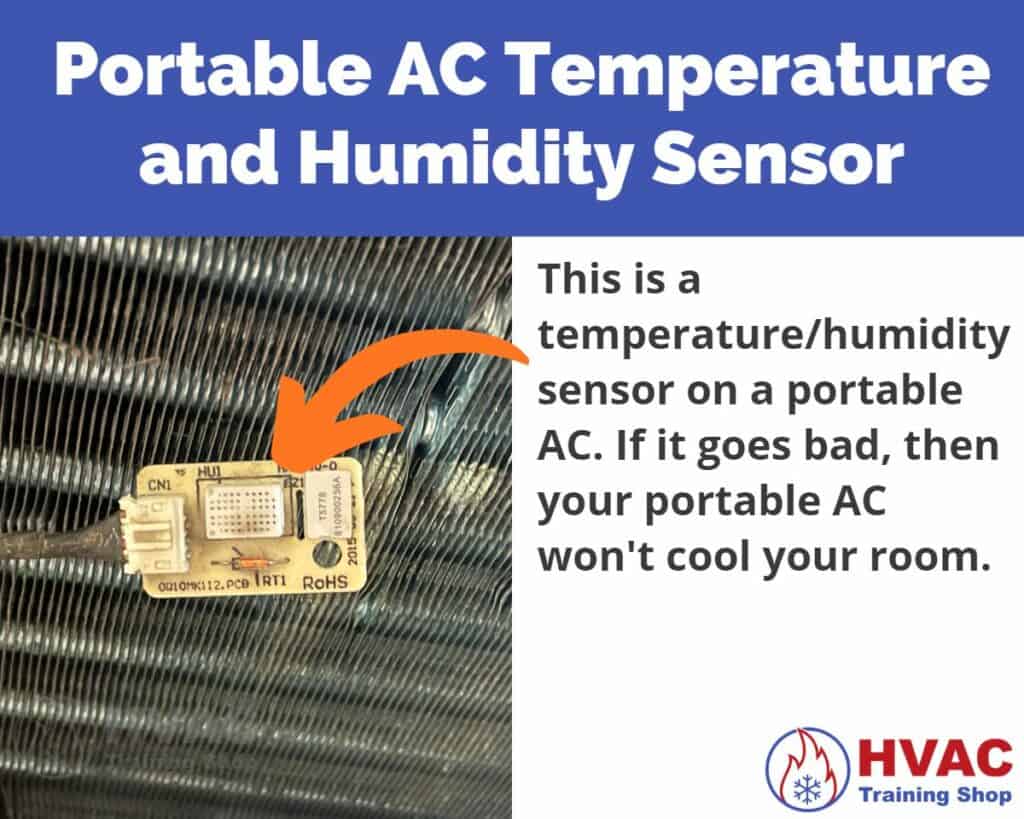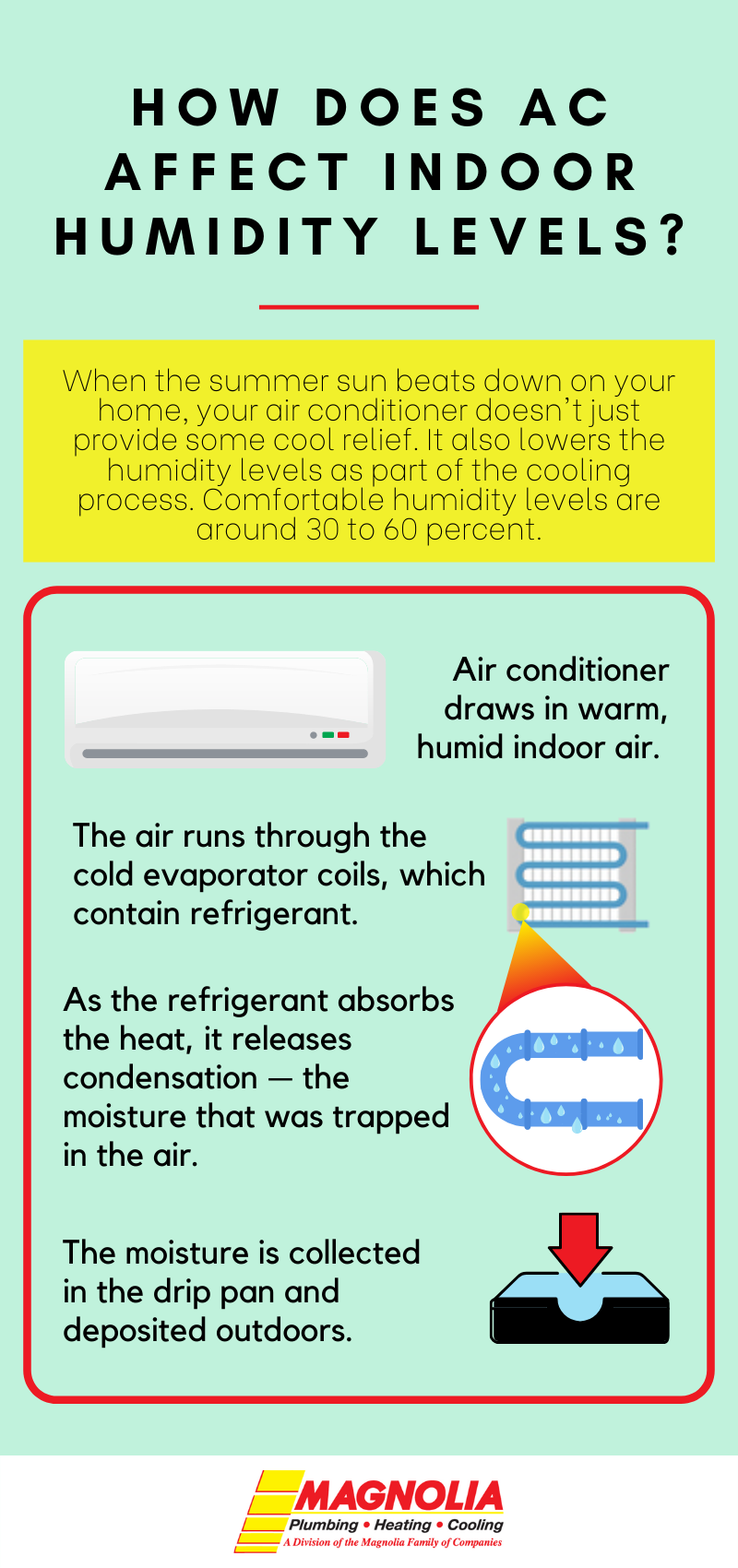Humidity Goes Up When Ac Is On

A perplexing phenomenon is gripping homeowners across the nation: rising humidity levels inside homes, even with the air conditioning unit running at full blast. Reports are flooding in from humid climates and arid regions alike, leaving residents scratching their heads and questioning the very purpose of their cooling systems. Is the AC making things worse, and if so, why?
At the heart of this issue lies a complicated interplay between AC functionality, environmental factors, and the unique characteristics of individual homes. This article will delve into the reasons why your air conditioner might be contributing to indoor humidity, explore potential solutions, and examine expert opinions on mitigating this increasingly common problem.
The AC Paradox: Cooling and Humidity
Air conditioners are designed to both cool and dehumidify air. As air passes over the evaporator coils, moisture condenses and is typically drained away.
However, several factors can disrupt this process, leading to a counterintuitive increase in humidity levels despite the AC's operation.
Short Cycling: The Primary Culprit
One of the most common reasons for increased humidity when the AC is running is a phenomenon known as short cycling. This occurs when the air conditioner turns on and off frequently, without completing a full cooling cycle.
According to the Environmental Protection Agency (EPA), short cycling can be caused by several issues, including an oversized AC unit for the space, a dirty air filter restricting airflow, or a malfunctioning thermostat.
When the AC short cycles, it doesn't have enough time to effectively remove moisture from the air, resulting in a buildup of humidity.
Oversized Units: A Costly Mistake
While it may seem counterintuitive, an oversized AC unit can actually worsen humidity problems. An oversized unit cools the air too quickly, satisfying the thermostat before it has a chance to dehumidify the space adequately.
The Department of Energy (DOE) recommends consulting with a qualified HVAC technician to determine the appropriate size unit for your home based on factors such as square footage, insulation, and climate.
Air Leaks and Infiltration: An Open Invitation
Another contributing factor is air leakage. Cracks around windows, doors, and other openings allow humid outdoor air to infiltrate the home, overwhelming the AC's dehumidifying capabilities.
Sealing these leaks with caulk or weather stripping can significantly reduce humidity levels and improve the AC's efficiency, as suggested by numerous studies on building science conducted by institutions like the National Institute of Standards and Technology (NIST).
Dirty Filters and Coils: Hindering Performance
A dirty air filter restricts airflow, forcing the AC to work harder and reducing its cooling and dehumidifying capacity. Similarly, dirty evaporator coils can impede heat transfer, further diminishing the AC's effectiveness.
Regular filter changes, recommended every one to three months by most manufacturers, and periodic coil cleaning are essential for maintaining optimal performance.
Improper Drainage: A Damp Problem
If the AC's condensate drain is clogged or improperly installed, the collected moisture may not be effectively removed from the home. This can lead to increased humidity levels and potential mold growth.
Regularly inspect the drain line to ensure it is clear and properly functioning, as advised by HVAC professionals.
Expert Perspectives and Solutions
HVAC technicians are reporting a surge in service calls related to humidity issues. According to Robert Miller, a certified HVAC technician with Miller Heating and Cooling, "Many homeowners are simply unaware of the connection between short cycling and humidity. We often find that an oversized unit is the culprit."
He recommends conducting a load calculation to determine the appropriate AC size and addressing any air leaks or insulation deficiencies.
Sarah Chen, an energy efficiency expert at the Building Performance Institute (BPI), emphasizes the importance of a holistic approach. "It's not just about the AC," she says. "It's about the entire building envelope. Addressing air leaks, improving insulation, and ensuring proper ventilation are all crucial for controlling humidity levels."
Looking Ahead: Adapting to Changing Climates
As climate change leads to more extreme weather patterns, including increased humidity in many regions, addressing these issues will become increasingly critical. Homeowners may need to invest in more advanced HVAC systems with features like variable-speed compressors and enhanced dehumidification capabilities.
Furthermore, adopting building practices that prioritize energy efficiency and moisture control will be essential for creating comfortable and healthy indoor environments. Continuous monitoring of indoor humidity using hygrometers can help identify potential problems early on.
Ultimately, combating indoor humidity while running the AC requires a multi-faceted approach, combining proper maintenance, informed decision-making, and a proactive understanding of your home's unique characteristics.
